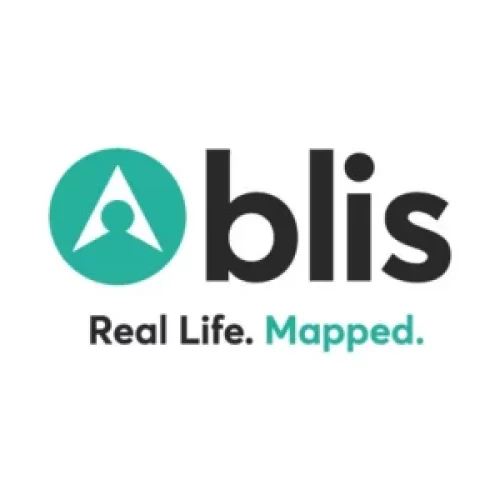More than 5,000 stores closed their doors in 2017, and this year looks set to surpass it with 1,500 more closures already. And while the mom-and-pop stores are certainly suffering, the bigger names are not escaping unscathed — Macy’s, JCPenney, Sears and Kmart have all announced significant shuttering. The competition from Amazon, and the wave of digitally native, direct to consumer brands it inspired, is undoubtedly stiff, but to say the battle for shoppers’ hearts (and wallets) is lost is to oversimplify the challenge.
Firstly, not all closures have the same symptoms. We’ve all experienced wandering into an empty, deserted department store and thinking to ourselves, ‘This place hasn’t got long left,’ and we’re unsurprised when it, seemingly inevitably, joins the shuttered ranks. But then there are the others, the stores that are always busy and buzzing with browsers. The reaction when this kind of store closes down is much more shocking and can lead to this sense of retail doom. It is contrary to observation and accepted wisdom that the stores that see a lot of foot traffic are in trouble too. If they can’t make it, who can?
The challenge facing retail as a whole is how to identify the valuable shopper and engage with them. A manager scanning a busy department store might be led to think that the marketing campaigns are working perfectly by enticing the consumers in. However, knowing the high-spender from the casual browser is difficult to ascertain. Away from email marketing and IP addresses, the knowledge the brand has about the individual starts to dissipate. Essentially retailers are playing the role of guide throughout the entire path to purchase, and losing them as they come through the door.
However, as mobile, sensor and location continues to proliferate, there is an opportunity for retailers to move beyond simple foot traffic or location data collection. By cross-referencing this data against traffic patterns, regularly visited locations, travel distances and routes, retailers can build a much more detailed picture of their customers.
Foot traffic patterns provide incredibly strong indicators of consumer shopping habits (and what influences them) — but even foot traffic only tells us part of the story. Location intelligence, combining foot traffic data with the smartphone devices being carried means it’s possible to get a very clear understanding of shopper demographic, timing, frequency and spend. All importantly, retailers can get the same level of understanding about the best ways to engage and converse with consumers that the digital marketers enjoy — a move towards leveling the playing field between the online and offline worlds. It also allows brands to continue the conversation with consumers even when they move away from the desktop — enabling online and offline to better work together.
By using location technology, marketers are able to further break down, qualify and target audiences so they don’t have to treat in-store shoppers as the same demographic group. By monitoring device IDs after in-store visits and mapping them against other frequently visited locations by the individual, it’s possible to determine whether the smartphone belongs to a parent, a student, a Millennial or an older shopper. We can see what they care about and their other interests, sorting them into micro-tribes and speaking to them accordingly. For a physical retailer trying to compete against the on-demand, online sale, this level of insight into the wants, needs and capabilities of shoppers as you plan advertising campaigns, sales strategies and in-store offers is invaluable.
Businesses also can use these insights to plan or open new stores in locations that are a natural fit for their more valuable customers. For example, H&M’s target demographic may often browse for ideas in Topshop and Bloomingdales, but take that inspiration into their store to find comparable products to purchase. As a result, new H&M stores should be opened close to the ‘inspirers’ to continue to drive traffic.
Collecting and analyzing location intelligence and smart insights will increasingly have a critical role to play in helping brands understand their shoppers and their habits, to better inform commercial, marketing and operational decisions. In today’s retail climate, the ability to partner with would-be shoppers as they move along the path to purchase is just as much about location as it is about the journey.
Click here to read the original article.


